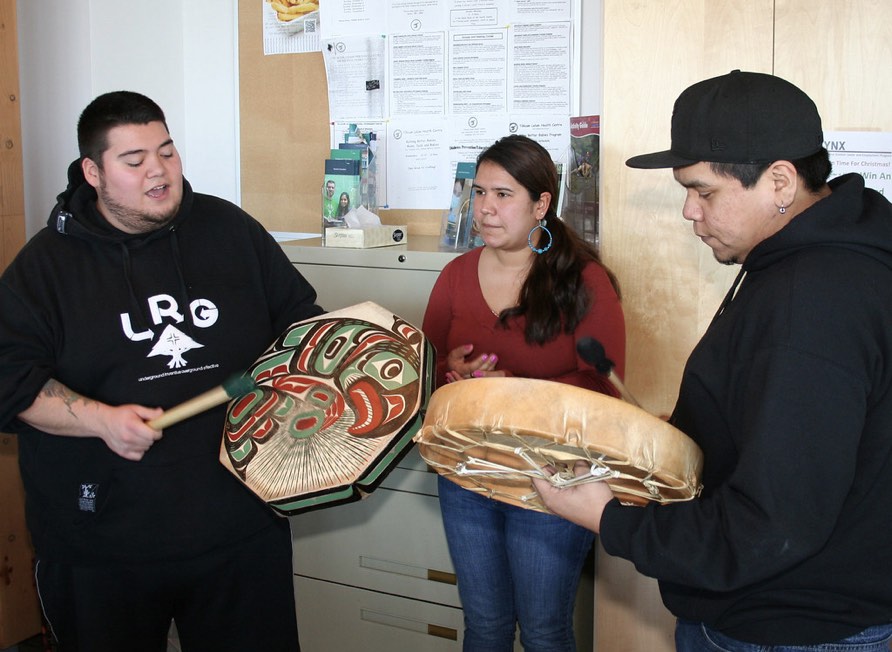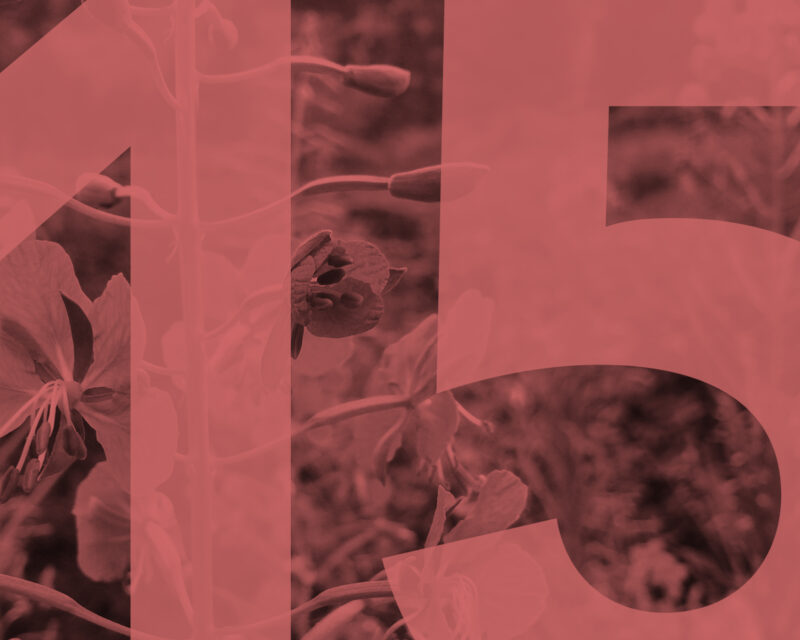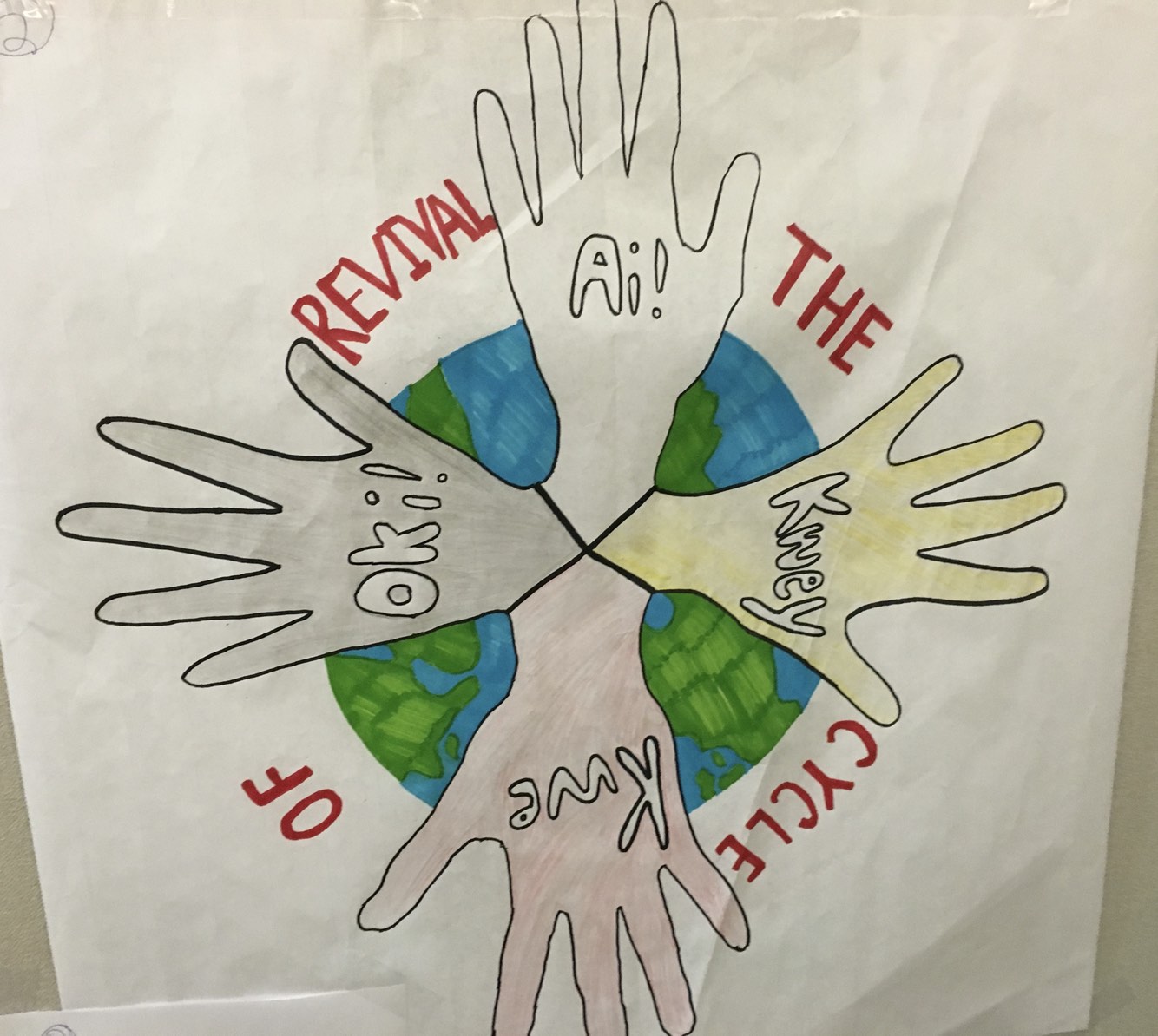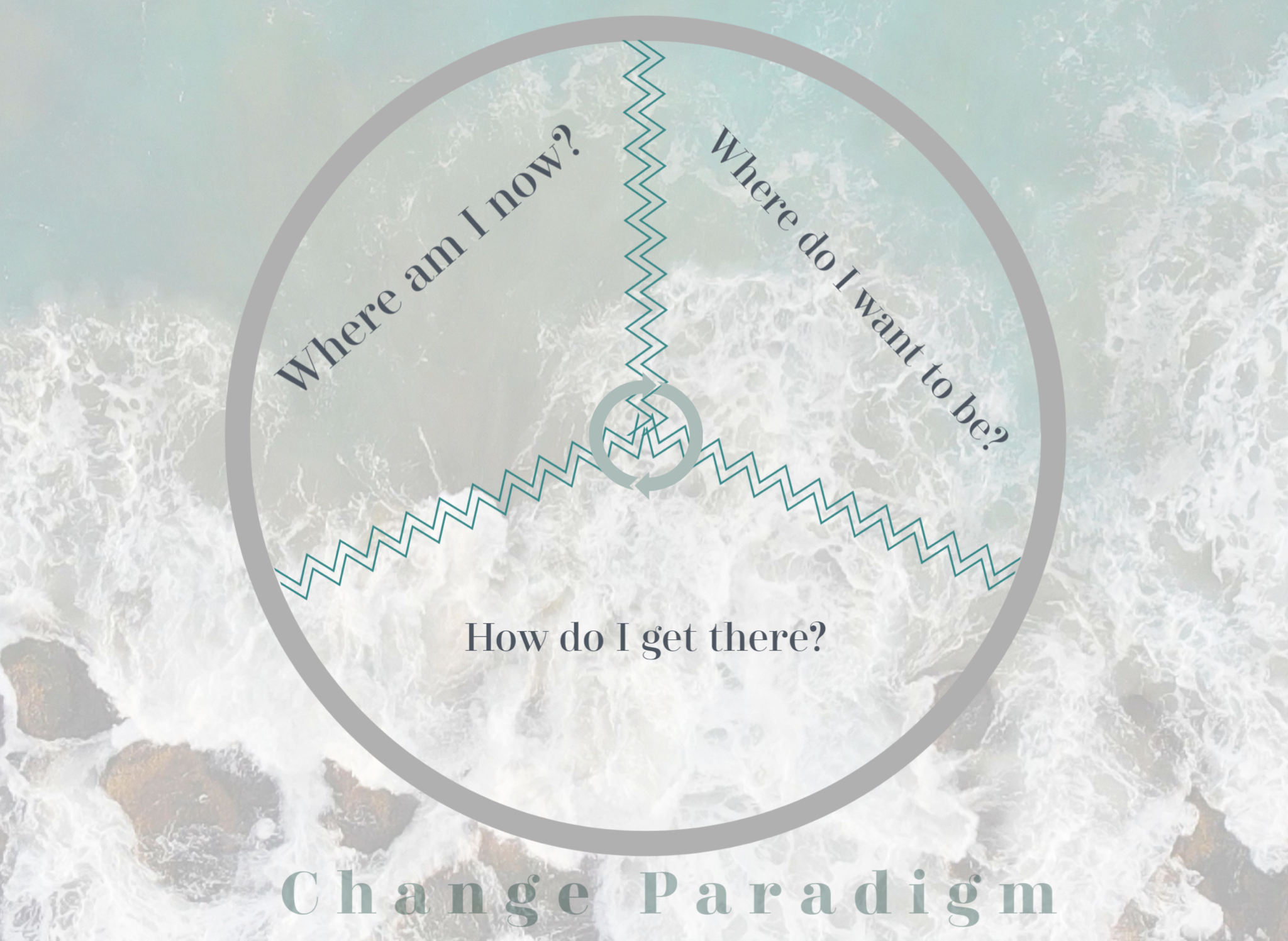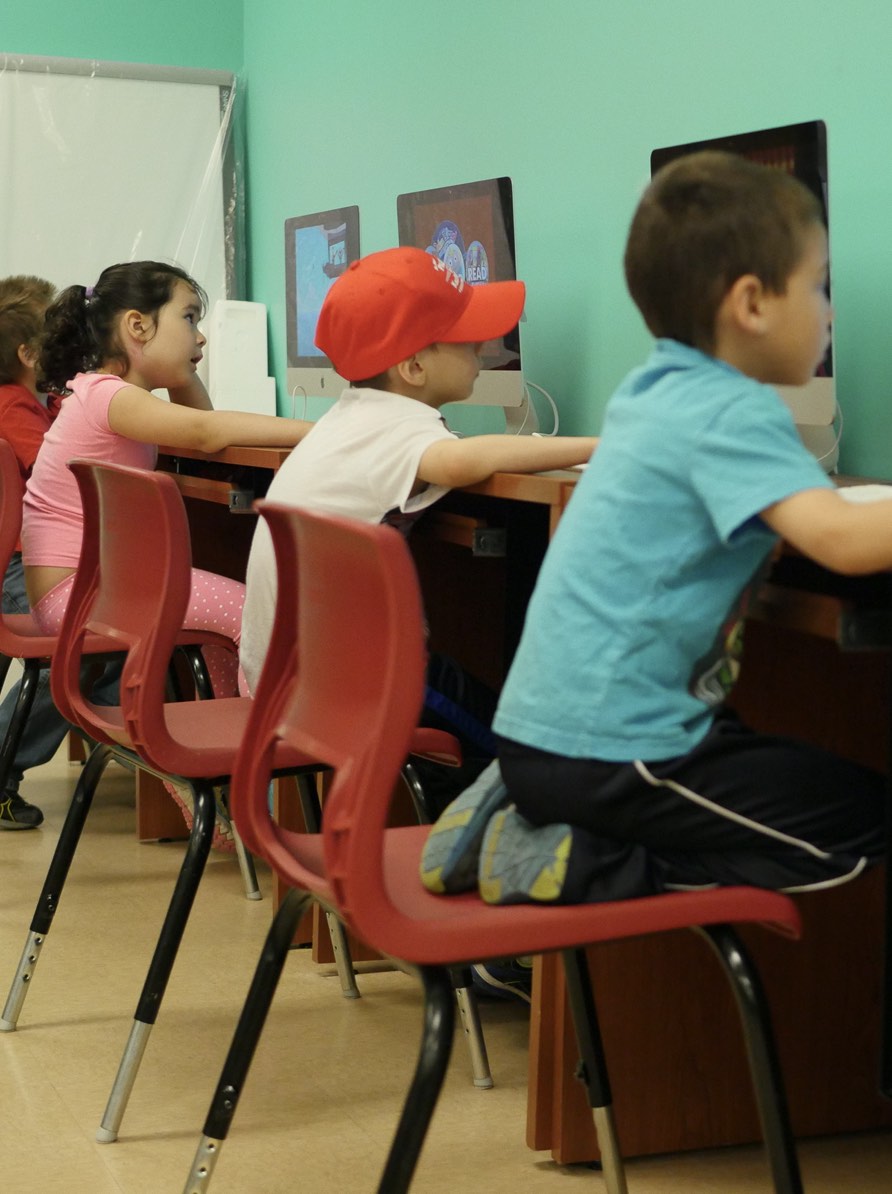“Data can provide substantive evidence of what is happening in schools, which can help educators to monitor the success of their programs, make informed choices, and use resources more effectively. Data can also help people to better understand the challenges schools face, which can facilitate more meaningful dialogue about how to collectively support schools.”
—The First Nations Schools Association Third Annual School Measures and Data Collection Project 2006–2007, Final Report
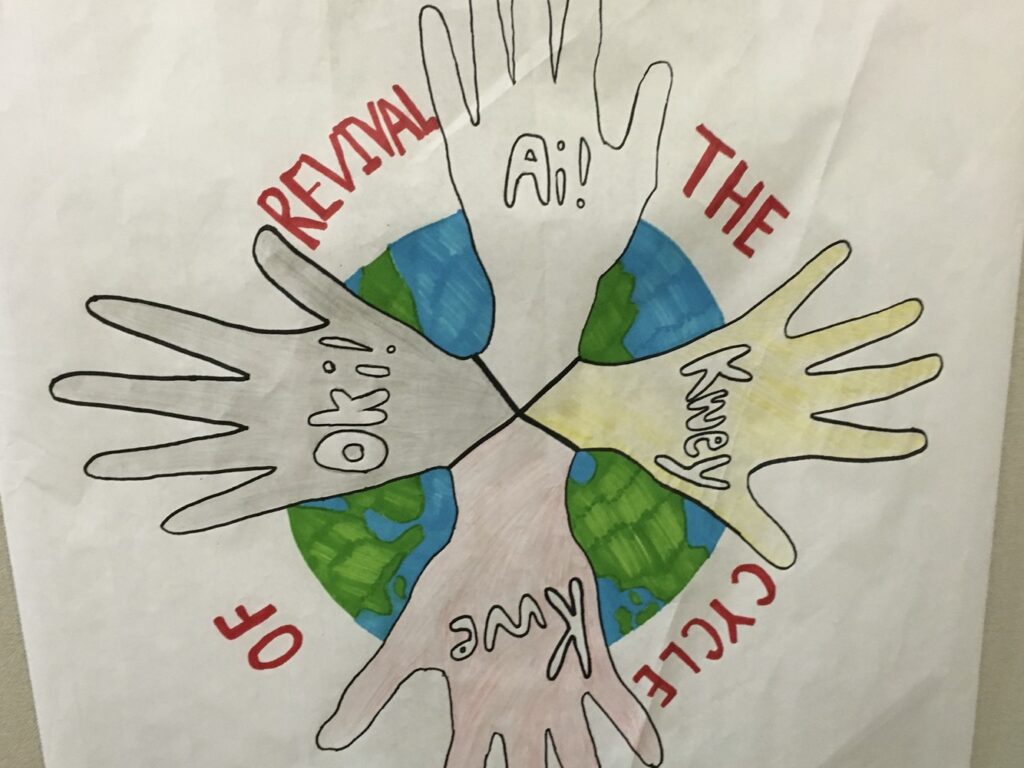
Change Paradigm
With these factors of First Nations Student Success in mind, how can we implement it? How do we know when change is needed, or how this change is affecting us?”
Something we might call a Change Paradigm is a straightforward way to understand how to make an improvement. The Change Paradigm poses three questions.
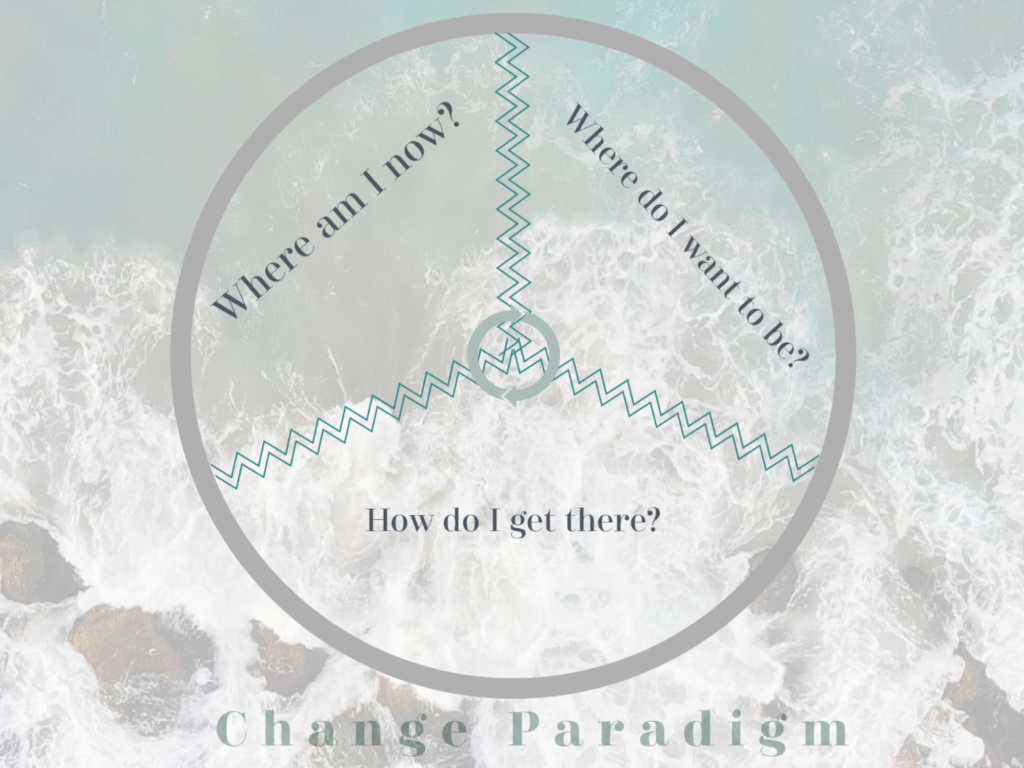
These questions help us work out a plan for the changes we want:
Where am I now? / Where are we now?
- presents a verbal picture of now
- can help us articulate and describe the positive and negative characteristics of our situation
Where do I want to be? / Where do we want to be?
- presents a verbal picture of the future
- can help us articulate and describe our goals and ambitions, the kinds of behaviours, attitudes, skills and knowledge that are part of our ideal
How do I get there? / How do we get there?
- presents a verbal picture of what has to be done and the tools needed
- can help us identify, describe and locate the tools, resources, and teachings that can get us to our ideal.
And as the First Nations Holistic Lifelong Learning Model informs us, learning is a continuous process throughout our lives, so we could use the Change Paradigm many times as we adapt to new circumstances.
The Change Paradigm can be applied to education, with the objective of achieving beneficial changes for both individuals and communities through the creation of a Plan for Student Success.
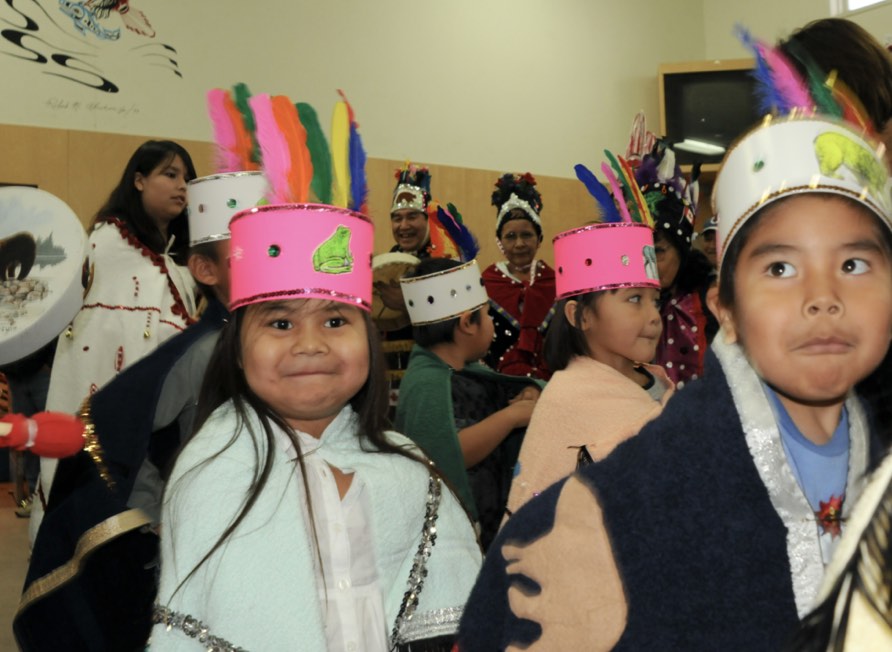
In order to plan for student success, it is important to measure performance. Performance measurement in education is the process of determining how much or how often an event, action, or behaviour occurs. The fact is, we’re always engaged in some type of performance measurement in our daily lives. Consider the following. We may ask questions like:
- Are you feeling better today?
- Is my child taller this month?
- Is your exercise and diet program working?
When we ask questions like these, our answers are measuring performance. Our answers may be quantitative, in terms of numbers, (centimetres of snow, for example); or qualitative in terms of descriptions (better or much better or worse or much worse, for example). Answers to the questions above might be:
- Are you feeling better today? Much worse.
- Is my child taller this month? One centimetre taller!
- Is your exercise and diet program working? Lost 3 kilograms in 2 months!
Why Do We Measure?
We measure to make reasonable and accurate assessments of events, characteristics and changes. In an educational setting, for example, we could measure:
To understand and compare: Where we are with respect to a statistical standard?
To improve: This could be a school curriculum or grades in a course.
To show: That a program or strategy is working.
To determine: Was something was accomplished?
To compare: For example, our educational system to an ideal like the Plain Talk 18 First Nations Holistic Lifelong Learning Model.
To record: This could be acquisition or use of First Nation language or skills in traditional activities.
To track: For example, enrolment of First Nations members in postsecondary education or the use of First Nation language use in First Nation schools. Take a look at Plain Talk 10, First Nations Performance Indicator Checklist
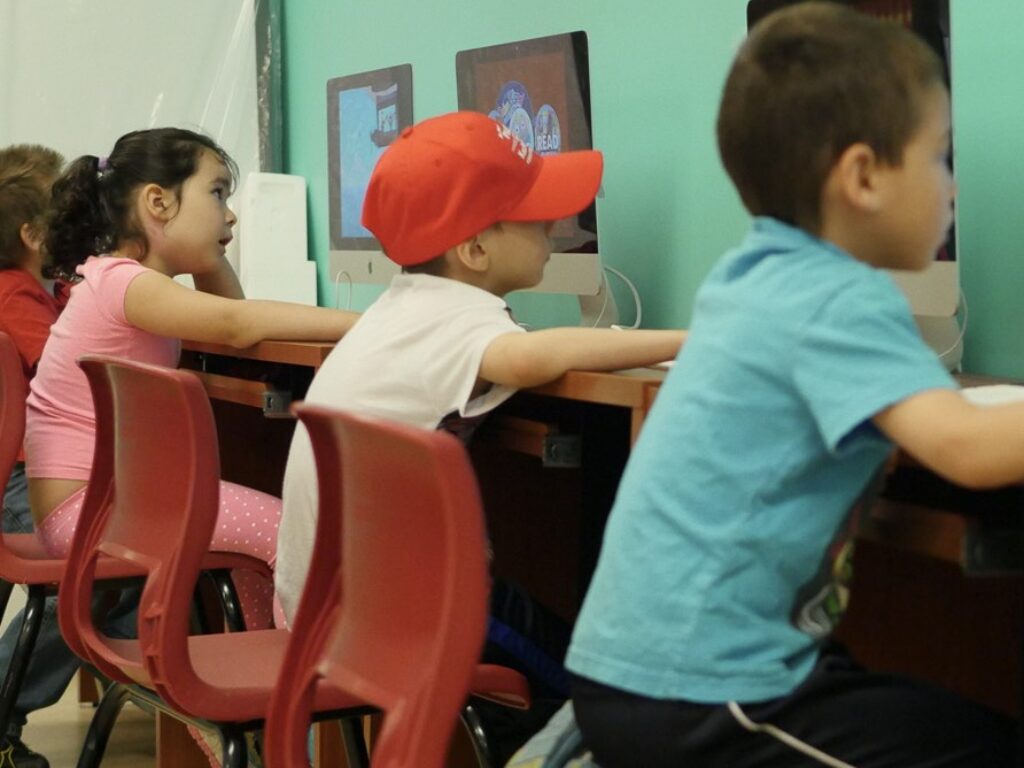
What Can Be Measured?
With respect to education, we can measure anything that’s important to a community and its members. These measurements are usually called indicators or performance indicators. Plain Talk 10 First Nations Performance Indicators Checklist contains examples of indicators that a community might want to explore and measure to improve their educational systems.
There are two types of indicators: outcome and delivery.
Outcome indicators measure performance as recorded, by standardized tests, and expressed in numbers or percentages. For example, percent of students who graduate from high school.
Delivery indicators are events or actions that may have a significant impact, positive or negative, on outcome indicators. For example, the quality and number of First Nation-speaking teachers, which can have a profound influence on the ability of students to speak the First Nation language.
Adopting and taking control of measurement systems in education has many advantages. However, the point of measurement is not just to measure, it’s to use the measurement system to show achievement of the vision of holistic lifelong learning, or to show what needs to be addressed in the future. For First Nations, the results of measurements of indicators might be compared to:
- the ideal of the Plain Talk 18 First Nations Holistic Lifelong Learning Model;
- the results of a previous measurement of the same indicator; or
- the results of another group (other First Nations or national or provincial standards).
